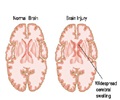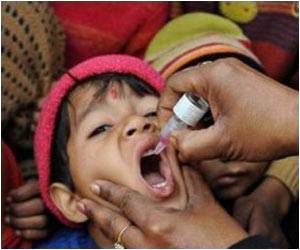
"Two of the main factors that contribute to sledding-related injuries are the environment and locale," said study co-author, Lara McKenzie, PhD, principal investigator in the Center for Injury Research and Policy at Nationwide Children's Hospital. "To reduce the risk of injury, sledding areas should be clear of trees and other obstacles and should have sufficient run-out areas away from streets. In addition, sledding on streets and highways should be avoided to prevent collisions with motor vehicles and other traffic."
The use of motorized vehicles to pull sleds was another finding of particular concern. More than one-third of the injuries sustained while being pulled by a vehicle were fractures.
"Our findings indicate that the prevalence of this activity may be much greater and the practice more common than previously thought," said McKenzie, also a faculty member at The Ohio State University College of Medicine. "Given the potential for serious injury, children should never ride a sled that is being pulled by a motorized vehicle of any type including all-terrain vehicles (ATVs), snowmobiles, cars, trucks, tractors, motorcycles, dirt bikes and lawn mowers."
Source-Eurekalert










